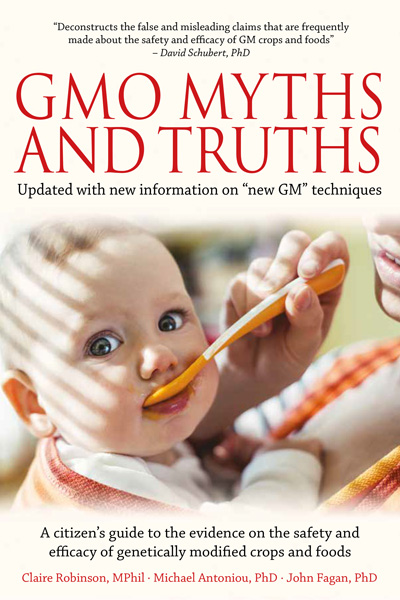Improved animal health and simple economics are pushing farmers towards non-GMO
Reports have reached GMWatch that US grain farmers are choosing to grow non-GMO crops because of the “many failures” with GMOs. Farmers are asking, “Why pay 30 to 60 dollars more for traits that don't work?" – namely insect resistance and herbicide tolerance, which have led to insect-resistant pests and herbicide-resistant superweeds. The shift to non-GMO is supported by the increasing availability of more advanced genetics in non-GMO hybrids.
There’s also a shift to non-GMO feed among livestock farmers. Iowa farmer and crop and livestock advisor Howard Vlieger says:
“We are seeing more and more livestock operations recognize the benefit in animal health of switching to non-GMO feed. In swine the PRRS [porcine respiratory reproductive syndrome] and PED [porcine epidemic diarrhea] is mostly gone once they have completed one or two breeding cycles on the non-GMO feed. One operation that I advised to switch to non-GMO feed had a 85% reduction in injectable antibiotic use along with improved performance.
“In poultry (layers) I received a report of bird mortality rates being cut in half and the egg production increasing 3-5% by switching to non-GMO feed. When an equipment problem forced them to feed GM for one batch of feed the egg production went down within 2 days of using the GM feed and production came back up within 3 days of switching back to non-GMO.
“In beef (feedlots) the death loss drops and the need for antibiotic treatment drops significantly with non-GMO feed. In animals that do require treatment the re-treatment rates are greatly decreased.
“In dairy cows, feed consumption and milk production typically increase with non-GMO feed and overall herd health improves. Clostridial problems and Botulism incidence decline and then disappear on non-GMO feed.”










